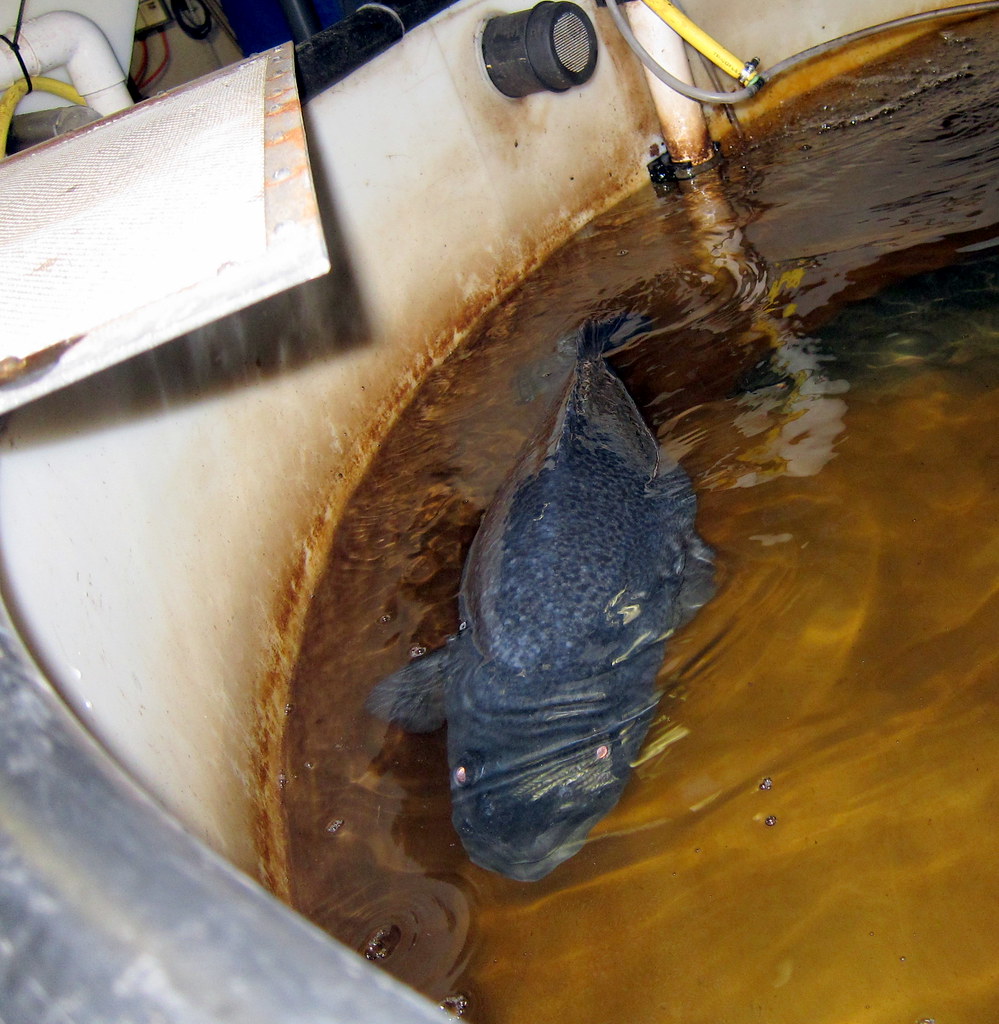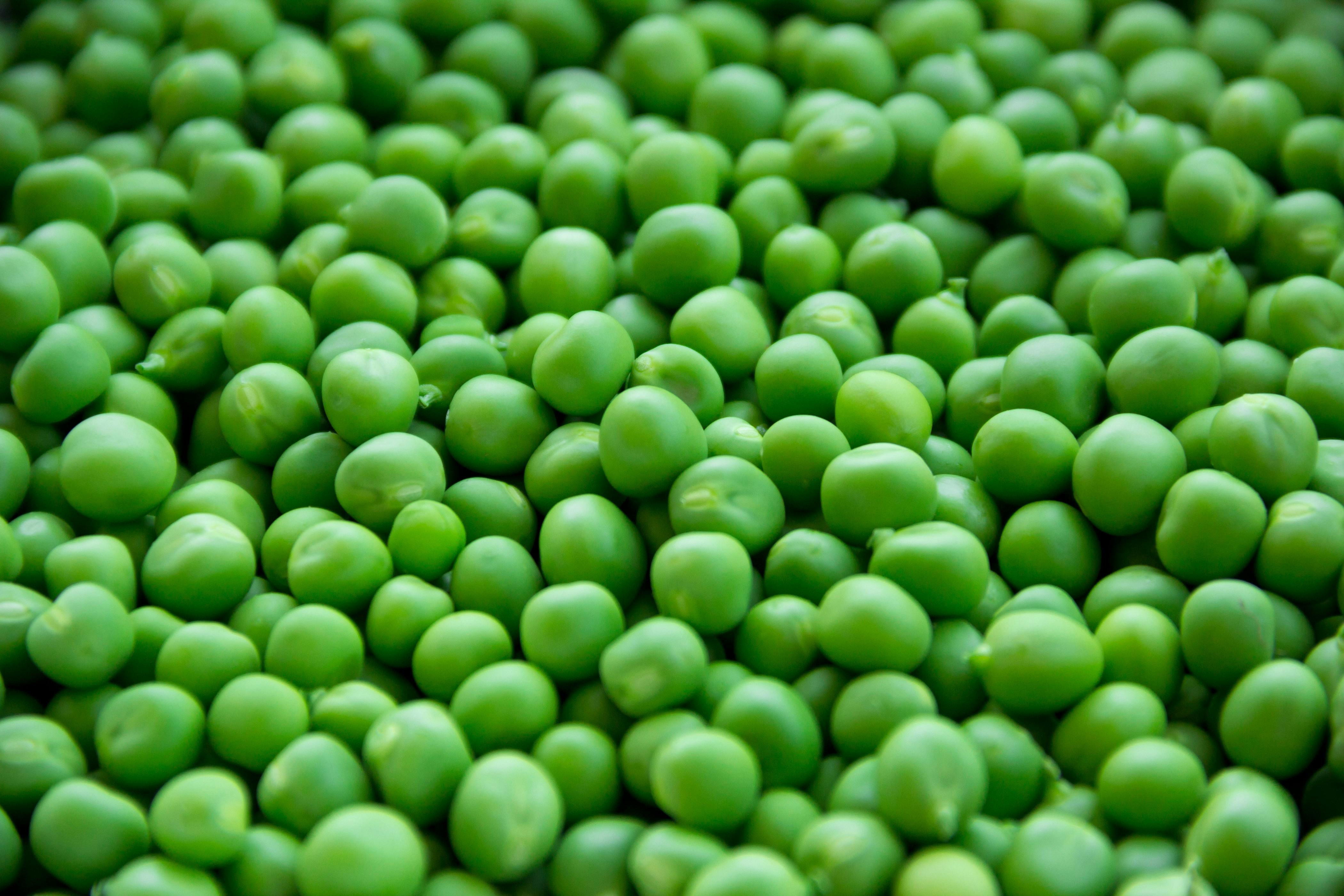Are your fish swimming awkwardly or perhaps even upside down? They might be suffering from swim bladder disease—a condition that affects the organ responsible for maintaining a fish's buoyancy. The good news is, there’s a surprisingly simple fix: feeding them peas. Let's dive deeper into how peas can help and what you need to know to effectively use them as part of your fish care routine.

Why Do Fish Get Swim Bladder Disease?
Swim bladder disease can often arise from dietary issues, such as poor digestion caused by rapid eating, overeating, or consuming inappropriate food types. Floating flakes, in particular, are notorious for causing fish to gulp air which can lead to swim bladder problems. Maintaining proper tank conditions and feeding practices is crucial for prevention. For more insight on the organ itself, visit the swim bladder Wikipedia page to understand its role and how it functions within your fish's body.

Treating with Peas
When treating fish for swim bladder issues, peas are more than just a garden variety vegetable—they double as a form of relief for our piscine friends. Here is the step-by-step guide to using peas effectively:
- Fasting Period: Begin with a three-day fasting period for the affected fish. This helps clear out their digestive system.
- Cook and Skin: On the fourth day, feed your fish cooked and skinned peas. It’s best to use frozen peas as they tend to maintain their nutritional integrity. Make sure the peas are cooled after cooking, and each pea should be cut into small, fish-friendly sizes.
- Feeding Schedule: After the initial introduction, peas should be part of the fish’s diet, but can they eat other foods simultaneously? Yes, they can, but ensure the other foods are suitable for fish with swim bladder issues.

| Day | Action | Notes |
|---|---|---|
| 1-3 | Fasting | No food to allow digestion reset |
| 4 | Introduce Peas | Use cooked, skinned peas |
| 5 onwards | Mixed feeding | Include peas regularly |

Ensuring Successful Treatment
Encouraging your fish to eat peas can be challenging, especially if they are not used to it. If your betta fish is not eating, there are several expert tips you can try to stimulate their appetite and help them transition to this therapeutic diet.
- Try feeding peas during the normal feeding time to associate peas with routine.
- Consider feeding peas in a separate, temporary tank if you have multiple fish, to focus on those needing treatment.

Prevention is Better Than Cure
Prevention still reigns supreme when it comes to swim bladder disease. Regular water changes and maintaining clean tank conditions are essential. Feeding high-quality, species-appropriate foods, soaking dried foods before feeding, and opting for sinking foods over floating types can significantly reduce the risk of this ailment. For goldfish in particular, knowing the best time to feed goldfish can reduce overfeeding and improve digestion.
Additionally, it's important to understand what to feed goldfish to ensure a balanced diet that supports overall health and buoyancy. Including occasional peas alongside other recommended foods can be an effective preventive measure.

Is your fish still reluctant to go green with their diet, or have you found peas to be a miracle treatment? Share your experiences and questions in the comments! Together, we can form a community that's not just feeding fish but nurturing healthier aquariums.
Frequently Asked Questions
Do peas help fish with a swim bladder?
Yes, feeding peas can help fish with swim bladder disorder. Canned peas with the shell removed are recommended. They act as a natural laxative, helping alleviate constipation that often triggers swim bladder issues. Feed 1 pea per every 2 fish twice daily for about 14 days, ensuring to clean out uneaten portions to maintain water quality.
How should peas be prepared for feeding fish?
To prepare peas for feeding fish, blanch or boil frozen or fresh peas until soft. Remove the outer shell or husk as fish cannot digest it. Break the pea into small pieces sized appropriately for your fish, ensuring each piece can be swallowed easily.
Why do fish develop swim bladder issues?
Swim bladder disorders in fish can arise from overfeeding, constipation, infections, or physical deformities. Issues with diet, such as consuming floating or dry pellets that expand in the stomach, are common causes. Addressing these root causes with proper food like peas can help alleviate the problem.
Can I feed peas to fish regularly?
Peas can be a healthy occasional treat or used as part of a balanced diet but should not replace a complete nutritional fish food. Use sparingly and ensure your fish also receive other necessary nutrients from diverse food sources.
What other remedies can help fish with swim bladder?
Aside from feeding peas, maintain clean water conditions and temporarily avoid feeding for 24-48 hours to help the fish recover. If the issue persists, try lowering the water level to reduce swimming strain and consult a professional if necessary.
Don't let your finned friends swim out of harmony! By adding peas to their diet, you're not just aiding their swim bladder but also enhancing their overall health. We believe every pet owner should have access to simple solutions like this, and if you feel the same, we'd love to stay connected. Dive into our world of fish care on Pinterest and discover a sea of ideas to keep your aquatic pals happy. For daily doses of inspiration, join us on Instagram, and feel free to share your own fishy stories with us over on X (formerly Twitter). You can also catch up with our community on Facebook. Let’s continue this under-the-sea adventure together!
